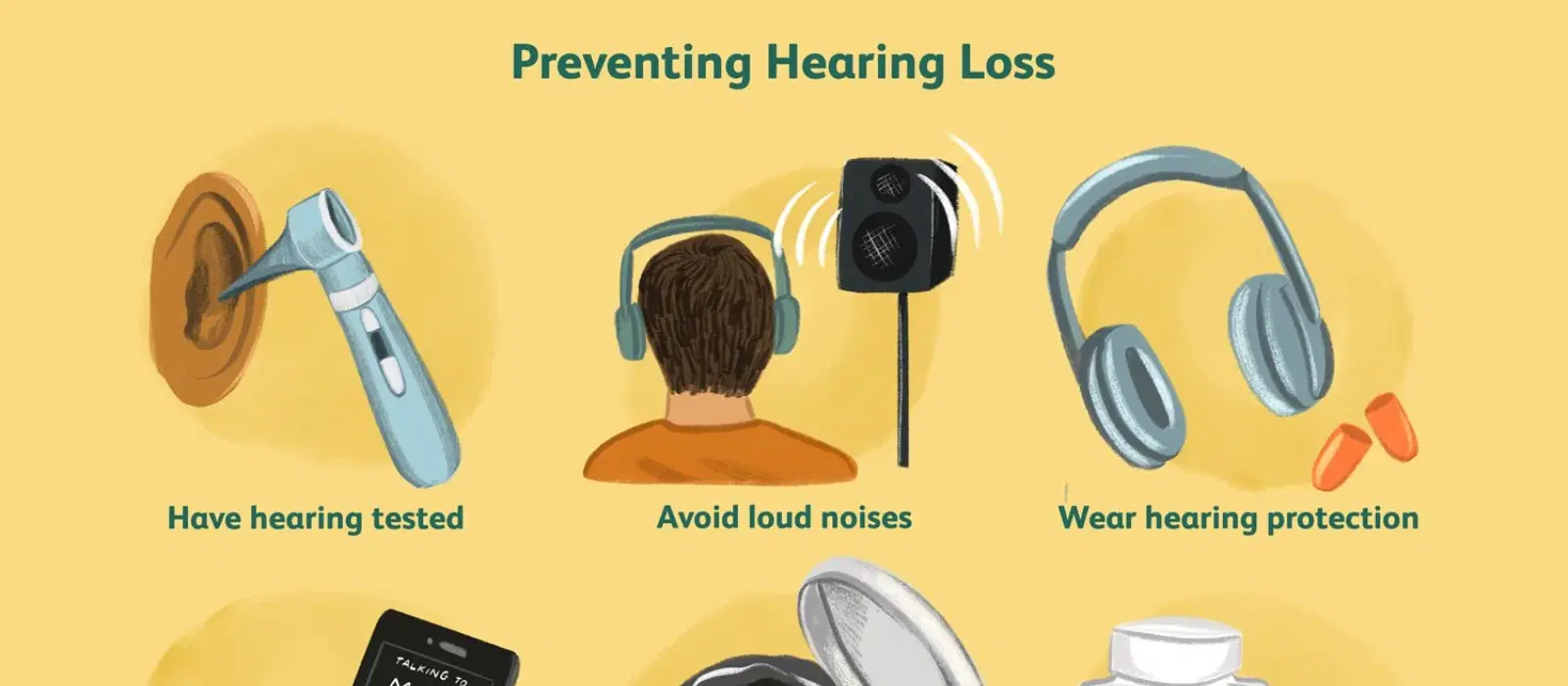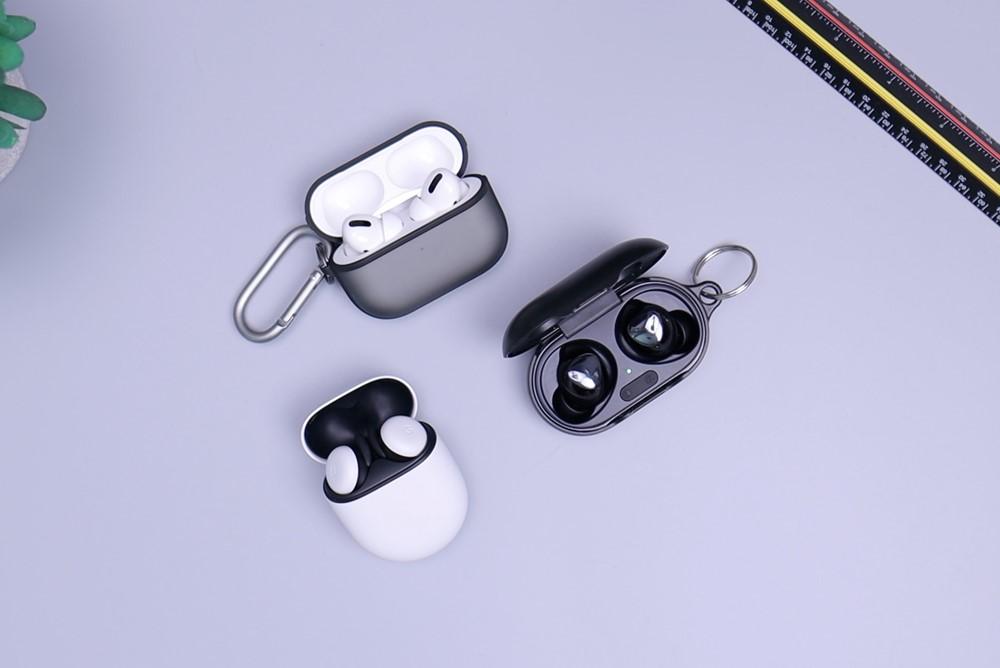
Consumer Electronics
•06 min read

In our modern world, headphones have become an integral part of our daily lives. From listening to our favorite music to attending virtual meetings, we use them extensively. However, this increased usage has raised concerns about potential hearing loss. So, can headphones cause hearing loss? Understanding the impact of headphone volume on our ear health is crucial.
Prolonged exposure to loud music through headphones can indeed lead to hearing damage. When you consistently listen to high volumes, the delicate hair cells in your inner ear can get damaged. These cells are essential for transmitting sound signals to your brain, and once damaged, they do not regenerate. According to studies, a significant percentage of young people are showing early signs of hearing loss from headphones.
Research indicates that nearly 1 in 5 teenagers suffers from some degree of hearing loss, a notable increase from previous decades. This change is largely attributed to the prevalent use of personal audio devices.
The science behind this is simple yet concerning. When sound waves enter our ears at high volumes, they can cause the microscopic hair cells in the inner ear to bend excessively. Continuous exposure can eventually lead to these cells breaking down, resulting in headphones hearing damage.
Maintaining safe headphone volume levels is essential to prevent hearing damage. Experts recommend adhering to the 60/60 rule, which means listening to music at 60% of the maximum volume for no more than 60 minutes at a time.
Generally, it is advised to keep the volume below 85 decibels to avoid ear damage from headphones. Many devices now allow users to set volume limits to help maintain safe listening levels.
Different types of headphones can impact your hearing health differently. Over-ear headphones tend to be safer as they sit outside your ear canal, reducing direct sound pressure. In-ear headphones or earbuds, on the other hand, can be more damaging if used at high volumes due to their proximity to the eardrum.
One effective way to protect your hearing is by using noise-cancelling headphones. These headphones help reduce background noise, allowing you to listen at lower volumes without compromising on sound quality.
Did You Know? Prolonged use of headphones at high volumes can cause permanent hearing damage. Opting for advanced noise-cancelling headphones from trusted brands can significantly reduce the risk.

Here are some practical tips to ensure you protect your hearing while enjoying your favorite audio:
Several apps can help you monitor and control the volume on your devices. These tools can send alerts if you exceed safe listening levels, ensuring headphone safety tips are adhered to.
Taking regular breaks is essential. Give your ears a rest every hour to prevent ear fatigue and reduce the risk of long-term damage.
Regular ear check-ups with an audiologist can help monitor your hearing health. Early detection of any issues can prevent further damage and ensure timely treatment.
Prolonged exposure to high volumes can damage the hair cells in the inner ear.
Experts recommend keeping the volume below 85 decibels.
Yes, they help maintain lower volume levels by reducing background noise.
Hearing damage is often permanent, making prevention crucial.
(11)-36313564-88fc-44f0-880e-005f03e9733c.png&w=3840&q=75)
Look for noise-cancelling features, volume limits, and a comfortable fit.
Maintaining safe headphone volume levels is vital to prevent hearing loss. By following these tips and leveraging Tata Neu’s offerings, you can enjoy your music while protecting your hearing health. Explore Tata Neu for a range of advanced headphones that come with noise-cancelling features, volume limits, and more. Enjoy exclusive benefits like cashback through NeuCoins, express delivery, and expert advice to make your shopping experience seamless.
With the increasing availability and use of personal audio devices, teenagers today are at a higher risk of experiencing hearing loss. Parents need to be aware of their teen's headphone usage and take preventive measures to ensure their long-term hearing health.
When considering the volume at which it is safe to listen to music through headphones, it is essential to understand that sound levels above 85 decibels are generally harmful. To put this into perspective, normal conversation is around 60 decibels, and heavy traffic noise is about 85 decibels. If your teen's music can be heard by others around them, it is likely too loud and could potentially cause hearing damage over time.
Not only is the volume important, but the duration of exposure also plays a significant role in potential hearing damage. Continuous listening for extended periods can be harmful, even at lower volume levels. It's recommended that listening sessions should be limited to no more than 60 minutes at a time, followed by a break to give the ears a rest.
Early detection of hearing loss can help prevent further damage. Parents should look out for signs such as their teen asking for repetition during conversations, complaining of ringing in the ears (tinnitus), or turning up the volume on devices excessively. Regular hearing tests can also help detect issues early.
While some hearing loss may be irreversible, early detection and intervention can help manage the condition. Hearing aids, specialized therapies, and lifestyle changes can significantly improve the quality of life for those experiencing hearing loss.
Preventing hearing loss involves several proactive measures:
Encourage your teen to use noise-cancelling headphones to reduce the need for higher volumes.
Set volume limits on their devices to ensure they do not exceed safe listening levels.
Promote regular breaks from headphone use to prevent ear fatigue.
Regularly monitor their hearing health with professional check-ups.
By staying vigilant and encouraging safe listening habits, parents can help protect their teen's hearing health. Making informed choices when purchasing headphones and educating teens about the risks can go a long way in preventing hearing damage. Explore Tata Neu’s range of advanced headphones that come with noise-cancelling features and volume limits to enhance your listening experience while ensuring safety.